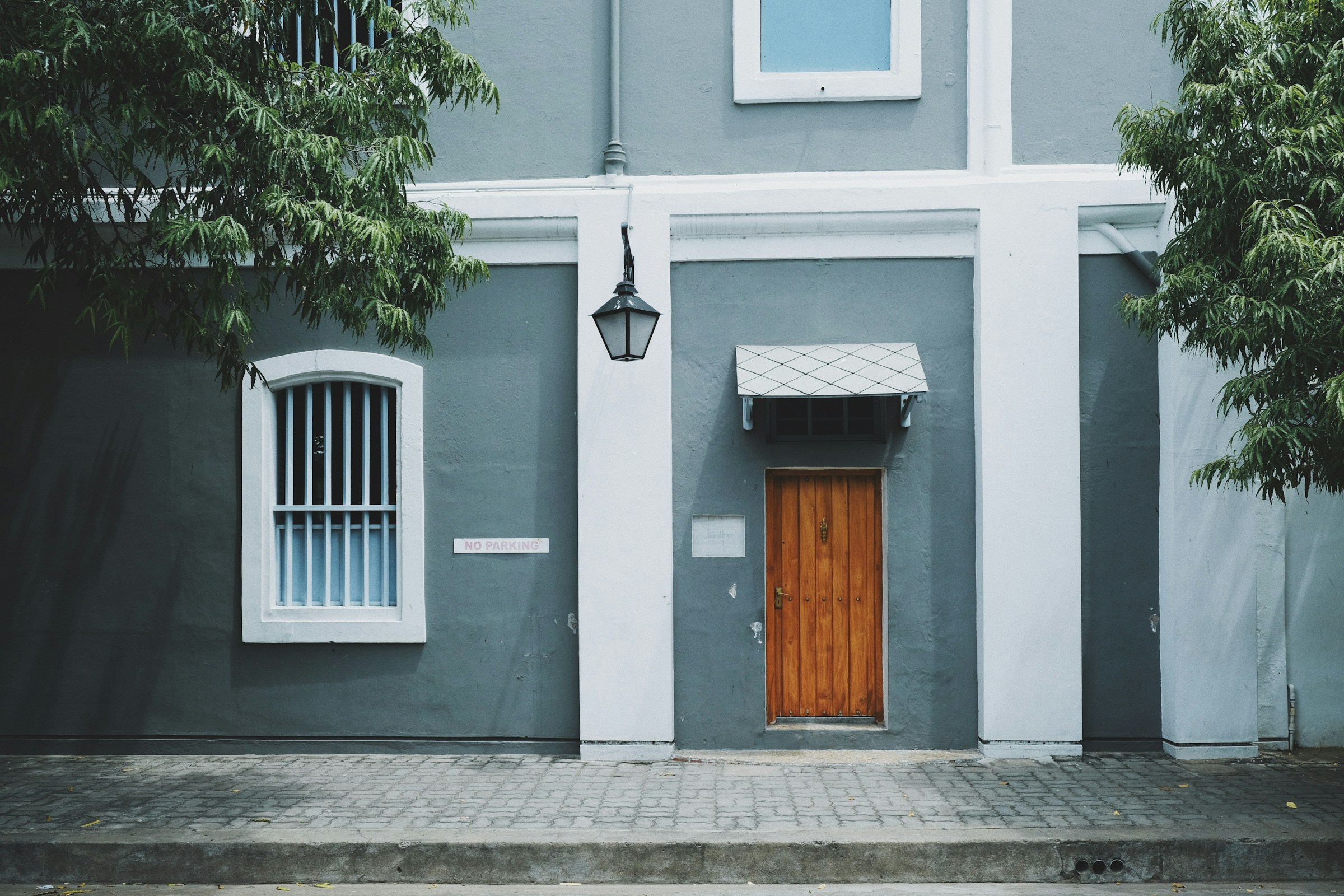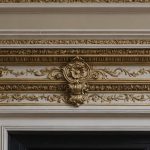If you are contemplating making alterations to your property’s facade in a conservation area in Bristol, it’s essential to be fully informed about the legal implications. Failure to do so could potentially lead to detrimental consequences. This comprehensive guide provides detailed insights into the legal implications of altering a property facade in a Bristol conservation area.
Understanding Conservation Areas in Bristol
Before diving into the legal implications, it’s important to understand what a conservation area is. Designated by local authorities, conservation areas are zones of special architectural or historical interest, where the preservation of the character is paramount. They are protected areas where restrictions apply to property development, including altering a property’s facade.
In the beautiful city of Bristol, there are 33 designated conservation areas, covering a multitude of both urban and rural sites. Each conservation area may have a unique character, history, or preservation goal, and thus, the rules and guidelines for property alteration could vary.
The intention behind conservation areas is to manage and protect the distinctive and valuable aspects of our cultural heritage. Hence, if you reside in one of these areas, it’s crucial to understand that any modifications to your property might have significant legal implications.
Legal Implications of Facade Alterations
The primary piece of legislation that governs changes to properties in conservation areas is the Planning (Listed Buildings and Conservation Areas) Act 1990. This Act sets out stringent controls over what alterations can be made within conservation areas, establishing the legal basis for conservation area consent.
If you plan to alter a property’s facade in a conservation area, obtaining consent is a legal requirement. Without this, you are liable to legal action from the local authority, which could result in an enforcement notice. Failure to comply with this notice could lead to prosecution and, in severe cases, a hefty fine or even a prison sentence.
Necessity of Planning Permission
For any exterior alterations to a property in a conservation area, you will usually need to apply for planning permission. This includes changes to the facade, such as painting the exterior, replacing windows or doors, or adding extensions.
The council will assess your application based on the impact of the proposed changes on the area’s character and appearance. If they believe your plans could harm the area’s distinctive qualities, they may refuse permission.
It is crucial to remember that even minor alterations, such as changing the color of your front door, could require permission. Therefore, always consult with the local planning authority before undertaking any modifications to avoid any potential legal complications.
Special Guidelines for Listed Buildings
Within Bristol’s conservation areas, there are properties that are also listed buildings. These are buildings of special architectural or historic interest and are subject to further regulations under the Law.
If your property is a listed building, you will need Listed Building Consent for any alterations, both internal and external, that could potentially affect its character. This includes any alterations to the facade.
Failure to obtain Listed Building Consent could lead to criminal prosecution, with penalties including unlimited fines and up to two years in prison. Therefore, it is essential to consult with the local council’s heritage team, who can provide advice on whether your proposed alterations require consent.
The Role of Conservation Officers
The local conservation officer plays a critical role in advising on alterations to properties in conservation areas. These professionals have a deep understanding of the city’s history, architecture, and the specific characteristics of the various conservation areas.
They can provide guidance on what alterations might be acceptable and can assist you in understanding the often complex planning laws and regulations. They also have the power to recommend the refusal of consent if they consider your proposed changes would harm the conservation area’s character.
In summary, altering a property’s facade in a conservation area in Bristol has significant legal implications. It’s not a decision to be taken lightly or without thorough research and understanding of the laws and regulations involved. With the right approach and professional advice, it’s possible to make changes that are both legally compliant and respectful of the character and history of the area. In doing so, we can all play our part in preserving and enhancing the unique qualities that make Bristol’s conservation areas so special.
Compliance with Article 4 Directions
In some of Bristol’s conservation areas, an additional measure known as an Article 4 Direction is in effect. Simply put, Article 4 Directions are issued by the local authority and restrict the scope of alterations that can be made to properties, even those that may normally be considered ‘permitted development’. This typically includes changes to a property’s facade.
Under this directive, even the smallest changes such as the installation of satellite dishes, changing of doors or windows, and the painting of the house exterior may require planning permission. Article 4 Directions are not universally applied to all conservation areas or to all properties within a conservation area. They are only implemented where the local authority deems them necessary to protect the area’s unique character.
Notably, in areas with an Article 4 Direction, failure to comply can result in both the property owner and anyone who carried out the work being prosecuted. The penalties can be severe, including unlimited fines. In addition, the local authority has the power to enforce the restoration of the property to its original state, all at the owner’s expense.
Therefore, it is advisable to seek guidance from Bristol’s planning department, particularly if you own a property in a conservation area where an Article 4 Direction is in place. They can provide the requisite information about the legal implications of any proposed alteration to your property’s facade.
Conclusion
Undoubtedly, the alteration of a property’s facade within a conservation area in Bristol carries significant legal implications. From strictly adhering to the Planning (Listed Buildings and Conservation Areas) Act 1990, to complying with the guidelines for listed buildings, and understanding the implications of Article 4 Directions – the task ahead is not to be underestimated.
It is essential to remember that every alteration, no matter how small, could potentially require planning permission and failure to obtain this may result in severe legal consequences. Accordingly, consulting with the local planning authority and the conservation officer is of utmost importance before making any modifications to your property.
In essence, the intention behind these legal requirements is not to stifle creativity or individuality, but to safeguard the rich cultural heritage and distinctive character of Bristol’s conservation areas. As responsible citizens, it is our duty to understand these laws, comply with them, and thus, contribute to the preservation of the special character of Bristol’s conservation areas. The potential challenges of altering a property’s facade within these areas should not deter owners, but rather inspire them to approach any changes with a greater sense of responsibility and respect for the area’s history and character.
















